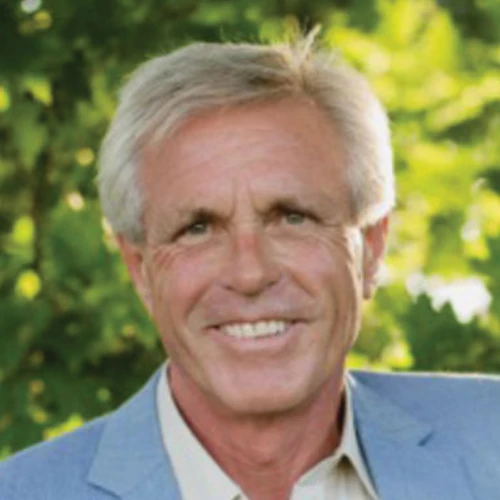Do you feel like Tin Man when you wake up in the morning with achy, stiff joints and tight muscles?
Well, it doesn’t help to go hunting for Dorothy with the oil can, notes Anatomy Trains author Tom Myers in this week’s free download talk.
It’s a pretty universal phenomenon that over time, the soft tissues of the body and joints begin to lose hydration and get increasingly stiff.
And rather than just passively accepting this process, it is essential that we learn different ways to hydrate the tissues of the body.
How do we hydrate the soft tissues of the body? It essentially involves stretching muscles and moving joints in a way that helps to create a squeeze-and-soak effect, Tom explains.
You’re squeezing the sponge of the muscles and the tissue, that’s squeezing the blood and lymph out, and a fresh supply of blood and nutrients can go on.
The usual approach to creating a squeeze-and-soak effect is stretching, notes Tom. However, the word stretch is used as if it is one thing, where in reality there are really many, many different types of stretching.
And how we stretch, determines the effects we get. Ballistic stretching, for example, is not a bad strategy if you want tight muscles, say Tom. But if you want loose muscles with a sustained stretching.
And if you want to stretch in a way that makes a difference in the fascia, you need a whole other approach to stretching. Click below to download a listen!
What you don’t use, you lose, Tom further notes.
That pertains to the muscles, but it pertains even more to the fascia. If we don’t move and stretch in sufficiently varied ways, the connective tissue loses hydration and begins to develop adhesions.
Instead of being pliable and supple, the fascia becomes more like a piece of cotton with Elmer’s glue in it, Tom notes.
Neurologically as well, if you don’t move it, you lose it because it drops out of our body image. That is the ubiquitous disease of the sedentary lifestyle of the 21st century, he notes. We’re losing parts of our body because they simply are not engaged by our life anymore. Tom then discusses the wider implications of this loss of our kinesthetic sense.
Also check out Tom’s course: Yoga, Fascia and Healthy Aging: Keys to Keeping the Fascia Youthful and Supple




